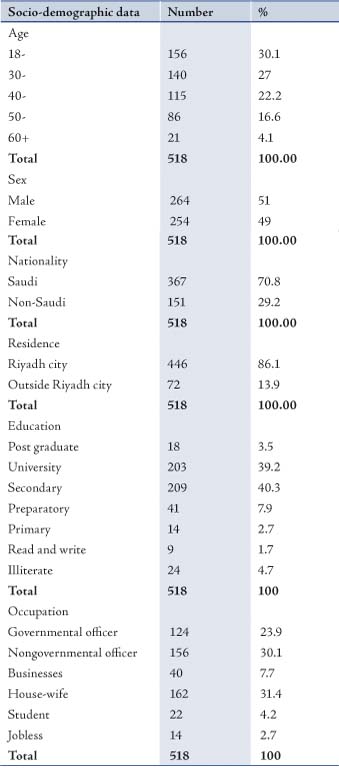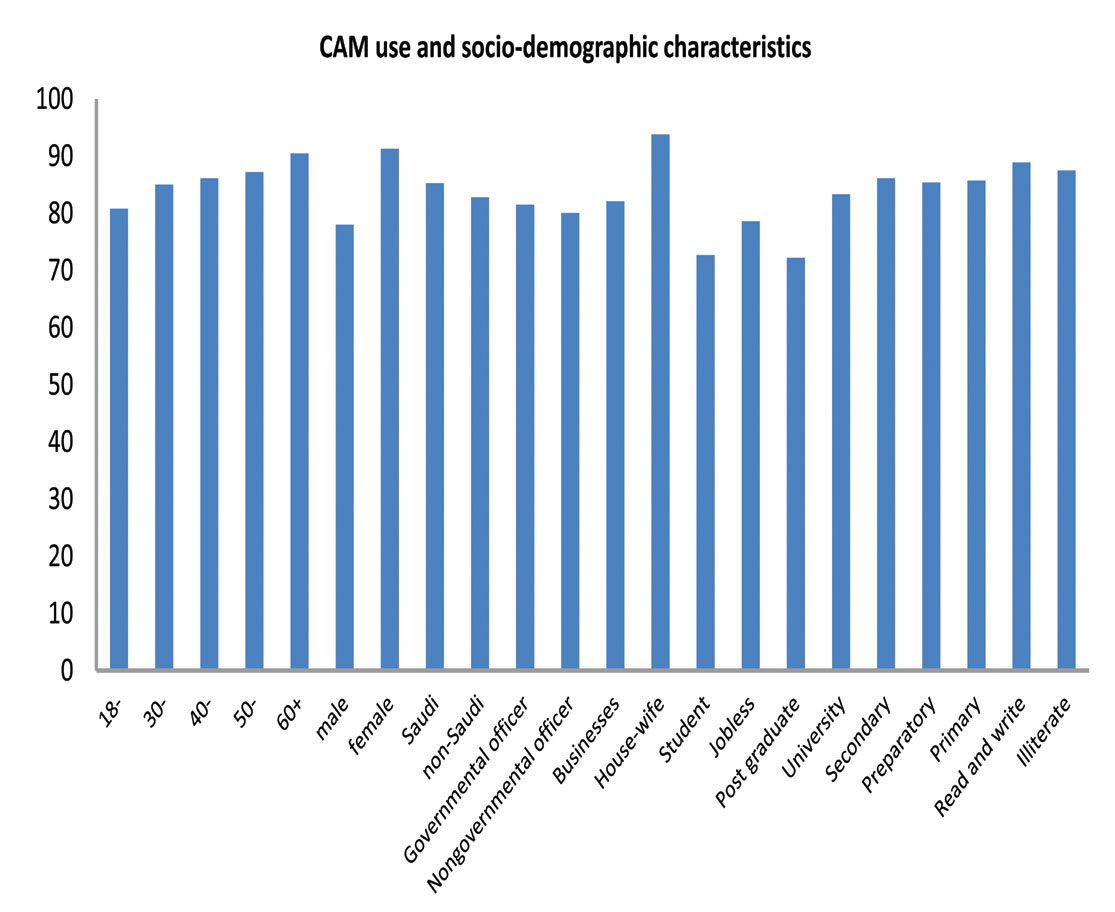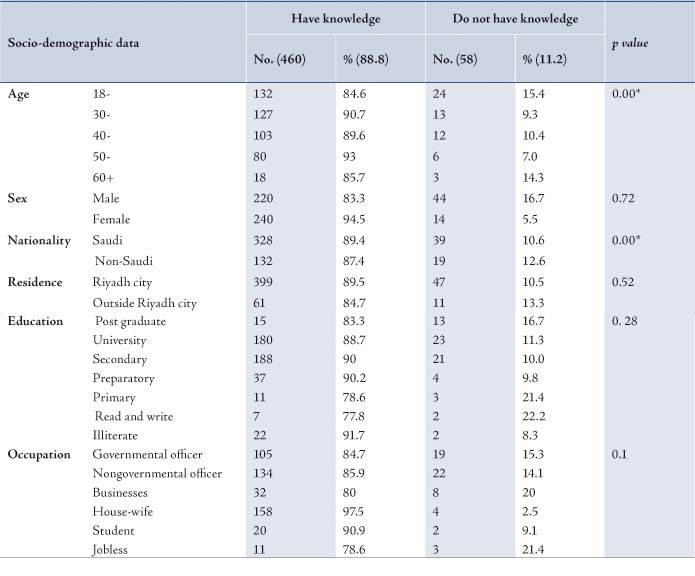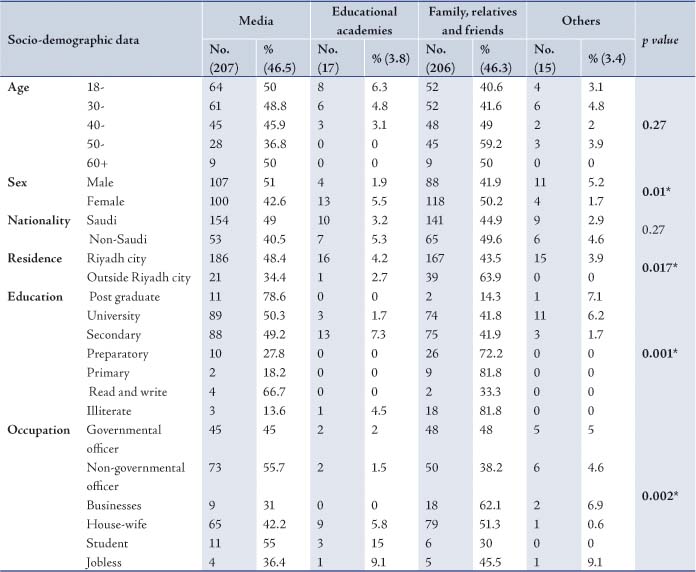|
Introduction
The growth and development of public interest in and use of CAM are well documented. Nearly half the population in many developed countries regularly use some form of CAM (United States 42%,1 Australia 48%,2 France 49%,3 Canada 70%4). A considerable use exists in many developing countries (Colombia 40%; Chile 71%; and up to 80% in African countries).5,6 The increased use of CAM is accompanied by growth in research and associated literature, with increased evidence-based approaches.7 In developing countries, CAM is practiced both within and outside the dominant healthcare system. A policy framework for CAM within national healthcare systems and some guidelines have been created.8
Data on the current patterns of use and effectiveness of various CAM treatments being used alone and in combination are inadequate. CAM is used by people for the management of chronic conditions that are costly to society, such as chronic pain and arthritis, and more life-threatening diseases such as heart diseases and cancer.9 CAM services are often used alongside (and in addition to) conventional medical treatments. Thus, a vast informal and silent healthcare sector exists in all countries, and no comprehensive picture of this sector exists as yet in any country.10 Most estimates of CAM use have not been population-based, particularly in African and Asian countries, where estimates of use range from very low to very high.10
Statistics indicate that Americans are increasingly replacing prescription medications with vitamin and mineral supplements, as well as medicinal herbs. Consumers spend more than $19 billion a year on these substances - an amount that has grown steadily since early 1990s.11 A secondary analysis in 2005 estimated that more than 38 million Americans use herbs and dietary supplements. Estimates have placed this number as high as 60 million.12
When faced with the apparent popularity of unconventional medical practices and the fact that people seem quite willing to pay out-of-pocket for these services,13 the question arising is: What are the prevalence, socio-cultural and personal factors (knowledge, beliefs, attitudes, motivations) underlying a person’s decision to use CAM? Hence, the present work is aimed at studying the knowledge, attitude and practice of the people living in Riyadh region, Saudi Arabia, on CAM.
Methods
This is a cross-sectional, household survey study conducted on the peoples living in the Riyadh region, including Riyadh city and its related governorates, Saudi Arabia, from 1st January to the end of March 2010. The estimated population is believed to be 5,835,618 persons according to the last demographic survey done from 15 February 2007 to 15 March 2007, and was estimated to be 6,104,015 persons by the end of 2009, with 50.4% males and 72% Saudi Nationals.14 The study design was a multi-stage random sample taken from Riyadh city and the governorates related to it. One governorate was selected randomly from the north, south, east and western regions in addition to Riyadh city. From each governorate, a district was randomly chosen; and from Riyadh city, five districts were randomly chosen from central, east, west, north and southern regions. From districts, numbers of streets, then houses, and then homes were randomly chosen from an already constructed sample frame. Then a person aged 18 years and above from each home was invited to participate in the study. The sample size was estimated according to the following formula:

Where: n = estimated sample size.
Zα at 5% level of significance = 1.96
d = level of precision and is estimated to be 0.05
p = Prevalence rate of CAM use in two previous studies in the
region that was about (30%).
Hence, the primary sample size =  = 323 subjects. = 323 subjects.
Actual sample size = (Primary sample size × design effect (estimated to be 1.5)
= 484 subjects.
The expected response rate is estimated to be 80%.
Therefore, the planned sample size = 484 × 100 / 80 = 606 subjects.
Data were collected using a pre-designed questionnaire including the following: 1). Socio-demographic data including age, sex, residence, education, occupation …etc, 2). Knowledge of CAM and its sources, 3). Safety, effectiveness and costs of CAM, 4). Attitudes and behavior of participants related to CAM, 5). Prevalence of CAM practices in Riyadh region, 6). Needs related to CAM, and 7). Patients' discussion of CAM use with their physicians.
Data were collected through direct interview with people participating in the study. Because of the very large surface area of Riyadh region, 20 well trained and educated data collectors participated in the study (10 males and 10 females). Female data collectors went into the field in the morning, while males did the work in the afternoon. Aims and methods of the study were explained for the data collectors and a role play was performed by data collectors for the personal interview. Skills of dealing with participants, methods of confidence and dealing with expected obstacles were acquired by data collectors. Follow up of data collectors was done by the researchers through direct visits to a sample of the randomly selected homes and through telephone calls concerning the application of the interview and assurance about nationality, age and residence of the participants. The study was approved by the ethical committee of National Center for Complementary and Alternative Medicine.
Data were presented and statistically analyzed using SPSS statistical package for Windows, version 16. Mean and standard deviations were used for quantitative data and frequencies for qualitative data. Chi square test was used to test the association of different variables with socio-demographic data of the participants. While the Likert scale was used to evaluate the degree of agreement of participants to some aspects related to CAM.15 A mean value of 1-1.74 indicated “strongly disagree,” while a mean of 1.75-2.49 was attributed to “disagree,” mean of 2.49-3.24 was allocated to “agree” and a mean score of 3.25-4 indicated “strongly agree.” A value of p<0.05 was considered statistically significant.
Results
Out of the 606 planned samples; 46 refused to participate and 42 incomplete questionnaires were excluded. Therefore, 518 subjects completed the survey; 446 from Riyadh city and 72 from the surrounding governorates. Table 1 presents the sample characteristics. The study sample included nearly equal number of both males and females. About 70% of the participants were Saudis and 30% was non-Saudi Nationals. Most of participants (88.8%) had knowledge of CAM (Table 2); while females, housewives, students and jobless people were more knowledgeable (p<0.05).
Table 1: Distribution of studied population according to socio-demographic characteristics.

Mass media (e.g. T.V., newspapers and radio) constituted a source of knowledge and attitude of CAM in 46.5% of the study group, while family, relatives and friends were the main sources of CAM knowledge in 46.3% of participants. Other rare sources included educational organizations (3.8%) and internet, as well as books and hospitals, (Table 3). Sources of knowledge are statistically associated with sex (p=0.01), residence (p=0.017), education (p=0.001) and occupation (p=0.002).
Most participants or one of their family members (84.6%) has used some form of CAM before. The most common users of CAM practices were females, housewives, illiterates or those who could just read and write, as well as those aged 60 years and above, (Fig. 1). Also, 58.89% of the participants or their family used medical herbs, about 54% used either prayer or honey and bee products, 35.71% used hijama and approximately 22% of participants had used either cauterization or medical massage therapy. (Fig. 2)

Figure 1: Socio-demographic data and CAM use among studied population.
Table 2: Distribution of studied population according to socio-demographic data and knowledge related to CAM.* Significant (the level of significance is 0.05).

Table 3: Sources of knowledge about CAM and Socio-demographic data.* Significant (the level of significance is 0.05).

N.B. 15 participants who have knowledge regarding CAM did not sure about the source of their knowledge.

Figure 2: Types of CAM practices used by studied population.
Most participants agreed that there is need for CAM practices (93.8%), regulations for CAM practices (94.9%), health education (96.6%), specialized CAM centers (94.8%) and specialized CAM clinics (92.7%), (Fig. 3). Additionally, the study participants agreed that CAM is cheap (74.5%), safe (86.9%) and effective (93.7%).
However, approximately half of the participants (49.3%) were reluctant to discuss CAM information with their physicians, (Table 4); while 42.4% reported to have discussed CAM practices with their physicians sometimes; and only 8.3% usually discussed CAM with their physicians.
Table 4: Discussion of CAM practices with physicians and Socio-demographic data.* Significant (the level of significance is 0.05).

N.B. 13 participants did not sure about discussion of CAM practices with their physicians.
Discussion
The response rate in the current study was 85.48% (518/606), and this is considered high compared with previous studies. In the present study, males represented 51% and females 49% of the sample. This is relative to the sex distribution in Saudi population according to the last demographic survey (2007), where males constituted 50.4% and females 49.6%.
In the present study, 84.6% of the participants had used CAM before; this percentage was high compared with the results of the previous studies all over the world. CAM use in USA was 47% and 40% in 2002,16 and 1998,1 respectively. While the reported CAM use in Australia was 48.5% in 1996,2 and 49% in France, 1994.3 In a previous study in Saudi Arabia (2008),17 the prevalence was 73%. The high prevalence of CAM use in the present study may be related to inclusion of prayer and prophet medicine to the list of CAM practices with high beliefs of people in the preventive and curative benefits of such practices, increased public interest in CAM, presence of special channels for CAM products and a lot of programs for prophet medicine and medical herbs in the media.
Also in the present study, male participants who did not have knowledge of CAM (16.7%) were more than three folds that of female participants (5.5%). This can explain the increased CAM use among females. The results showed that 97.5% of housewives had knowledge about CAM. This explored the role of media and family, relatives and friends as an important source of knowledge for CAM. Females used CAM more frequently (91.3%) than males (78%), and the difference was statistically significant. This may be attributed to difficulties in visiting physicians by females, the presence of females in homes for long periods with their affection of mass media, family, relatives and friends and the availability of a lot of herbs in the home. These results are in accordance with the findings of previous studies.6,18 While the current study results are in contrast with the results of DelMundo et al. 2002, who reported no significant difference between knowledge and attitudes of CAM and gender.16
CAM use increased with increasing age. This has also been reported by Miller (1997),19 Adams et al. (2003),20 and Al-Faris et al. (2008).17 While the results of some studies in USA found that CAM use increased in middle aged groups.16,21,22 This may be due to different cultures between studies, with different educational and occupational standards. CAM use increased with lower levels of education, where it was 88.9% among those who can read and write. These results are in disagreement with a study in Australia, where CAM use was associated with increased levels of education.1,22 This difference may be related to different CAM practices used in Australia and other western countries (acupuncture, homeopathy, chiropractic, etc) from those used in Saudi Arabia (prayer, honey and bee products, Hijama, etc).
Medical herbs, prayer, honey and bee products, Hijama and cauterization were the most frequent CAM practices in the region. This was in agreement with Al-Faris et al. (2008) who found that Quran, honey and black seeds were the most frequent CAM practices.17 This may be related to habits and beliefs among the Saudi population and religious background. However, the use of medical herbs was high compared with the results of Kofman (2002) in USA, where medical herbs were used by 12-14% of the population in 1997 and 2.5% in 1990.23 Kofman related this to increased public and world interest in CAM.
Al-Awamy (2001) found that cauterization was the most common used CAM practice, followed by Hijama and herbs.24 In USA; naturopathy, relaxation, meditation, chiropractic and Yoga were the most common CAM practices in addition to religious practices.25
About 95% of participants agreed that there is need for CAM practices, regulations for CAM, health education about CAM and special centers or clinics providing CAM services. These results were in agreement with the findings of Al-Faris et al. (2008) who recorded that 86.9% of participants agreed on the need for clinics for CAM practices.17 While concerning cost, safety and effectiveness of CAM; the results were higher than the findings of Al-Faris et al. (2008).17
In the present study, 50% of participants did not discuss CAM practices with physicians. The proportion of females concerning discussion of CAM with their physicians was statistically higher than males. These results were in agreement with the study by DelMundo et al. (2002) in Pennsylvania, where 51% of patients discussed the use of CAM with their physicians, and the rest were hesitant in discussing the use of CAM with their physicians.16 On the other hand, Al-Faris et al. (2008) reported that 7.7% of participants will not discuss CAM with their physicians, while 37.7% will discuss with their physician if he/she asked, and 47.4% will discuss the subject with their physicians even if he/she did not ask.17 Reluctance in discussion of CAM practices may be due to causes related to patients and/or physicians. Fear of reprimand and ignorance about side effects of CAM products and their interaction with drugs are the main causes related to patients. Also, the lack of physicians’ knowledge of CAM practices and the desire not to appear uninformed make physicians hesitant to share discussions with their patients.
Among the study limitations; the fact that the study sample only represented the Riyadh region means that the results cannot be generalized to all Saudi regions that have different cultures, habits and beliefs. Also, data collection depended on the memory and this may have decreased the accuracy of the data; hence, this is the scientific method used in these types of studies all over the world.
Conclusion
There is high prevalence and high public interest in CAM practices in the Riyadh region. Mass media, relatives and friends are the main sources of knowledge, and there is a positive attitude towards CAM, generally. However, most participants were reluctant to share CAM information with their physicians. Therefore, we recommend the following: a) Establishment of health education programs to improve knowledge of CAM and encourage discussion of CAM practices between physicians and patients, b) Regulation and promotion of evidence based CAM practices, c) Encourage scientific meetings and lectures regarding CAM, and d) Promote and support mass media in exploring claims related to CAM. Overall, further population-based studies examining the prevalence and the types of CAM practices are warranted in different regions of Saudi Arabia and in other Arabic and Islamic countries.
Acknowledgments
We thank all individuals of the National Center of CAM who facilitated all steps of the study. We also thank all members of Center of Poll and Measuring Opinion for their help in data collection. The authors are grateful to Prof Kureeshi Naseem M.D., Ph.D. India and Dr. Asim Hussein M.D. Sudan, for their advice on an earlier version of the manuscript and substantially improving editing. No competing financial interests to declare.
References
1. Eisenberg DM, Davis RB, Ettner SL, Appel S, Wilkey S, Van Rompay M, et al. Trends in alternative medicine use in the United States, 1990-1997: results of a follow-up national survey. JAMA 1998 Nov;280(18):1569-1575.
2. MacLennan AH, Wilson DH, Taylor AW. Prevalence and cost of alternative medicine in Australia. Lancet 1996 Mar;347(9001):569-573.
3. Fisher P, Ward A. Complementary medicine in Europe. BMJ 1994 Jul;309(6947):107-111.
4. Health Canada. Perspectives on complementary and alternative health care. A collection of papers prepared for Health Canada. Available (in PDF format) at: http://www.hc-sc.gc.ca/hppb/healthcare/cahc/.
5. Bannerman RH. Traditional Medicine and Health Care Coverage. Geneva, Switzerland: World Health Organization; 1993.
6. Traditional Medicine Strategy WH. 2002–2005. May 2002. Available at: http://www.who.int/medicines/organization/trm/orgtrmmain.shtml.
7. Barnes J, Abbot NC, Harkness EF, Ernst E. Articles on complementary medicine in the mainstream medical literature: an investigation of MEDLINE, 1966 through 1996. Arch Intern Med 1999 Aug;159(15):1721-1725.
8. Bodeker G. Lessons on integration from the developing world’s experience. BMJ 2001 Jan;322(7279):164-167.
9. Wootton JC, Sparber A. Surveys of complementary and alternative medicine: part IV. Use of alternative and complementary therapies for rheumatologic and other diseases. J Altern Complement Med 2001 Dec;7(6):715-721.
10. Bodeker G. Planning for cost-effective traditional health services. In: Traditional Medicine. Better Science, Policy and Services for Health Development. Proceedings of a WHO International Symposium, Awaji Island, Japan 11–13 September 2000. Kobe, Japan: WHO Kobe Centre; 2001:31–70.
11. Consumers Union of US Inc. Dangerous supplements: still at large. Consumer Reports. May 2004. Available at: http://www.consumerreports.org/cro/health-fitness/drugs-supplements/dangerous-supplements-504/overview/index.htm.
12. Kennedy J. Herb and supplement use in the US adult population. Clin Ther 2005 Nov;27(11):1847-1858.
13. Eisenberg DM, Kessler RC, Foster C, Norlock FE, Calkins DR, Delbanco TL. Unconventional medicine in the United States. Prevalence, costs, and patterns of use. N Engl J Med 1993 Jan;328(4):246-252.
14. Ministry of Planning, Central Department of Statistics, Kingdom of Saudi Arabia 2007, Statistical year book.
15. Dawes J. Do Data Characteristics Change According to the number of scale points used? An experiment using 5-point, 7-point and 10-point scales. International Journal of Market Research. 2008;50(1):61-77.
16. del Mundo WF, Shepherd WC, Marose TD. Use of alternative medicine by patients in a rural family practice clinic. Fam Med 2002 Mar;34(3):206-212.
17. Al-Faris EA, et al. Prevalence and pattern of alternative medicine use: the results of a household survey. Ann Saudi Med 2008;28,1(1):4-10.
18. Tesch BJ. Herbs commonly used by women: an evidence-based review. Am J Obstet Gynecol 2003 May;188(5)(Suppl):S44-S55.
19. Millar WJ. Use of alternative health care practitioners by Canadians. Can J Public Health 1997 May-Jun;88(3):154-158.
20. Adams J, Sibbritt DW, Easthope G, Young AF. The profile of women who consult alternative health practitioners in Australia. Med J Aust 2003 Sep;179(6):297-300.
21. Steyer TE, Freed GL, Lantz PM. Medicaid reimbursement for alternative therapies Alt Ther. Health Med 2002;8:84-88.
22. Ni H, Simile C, Hardy AM. Utilization of complementary and alternative medicine by United States adults: results from the 1999 national health interview survey. Med Care 2002 Apr;40(4):353-358.
23. Kaufman DW, Kelly JP, Rosenberg L, Anderson TE, Mitchell AA. Recent patterns of medication use in the ambulatory adult population of the United States: the Slone survey. JAMA 2002 Jan;287(3):337-344.
24. Al-Awamy BH. Evaluation of commonly used tribal and traditional remedies in Saudi Arabia. Saudi Med J 2001 Dec;22(12):1065-1068.
25. Gardiner P, Graham R, Legedza AT, Ahn AC, Eisenberg DM, Phillips RS. Factors associated with herbal therapy use by adults in the United States. Altern Ther Health Med 2007 Mar-Apr;13(2):22-29.
|